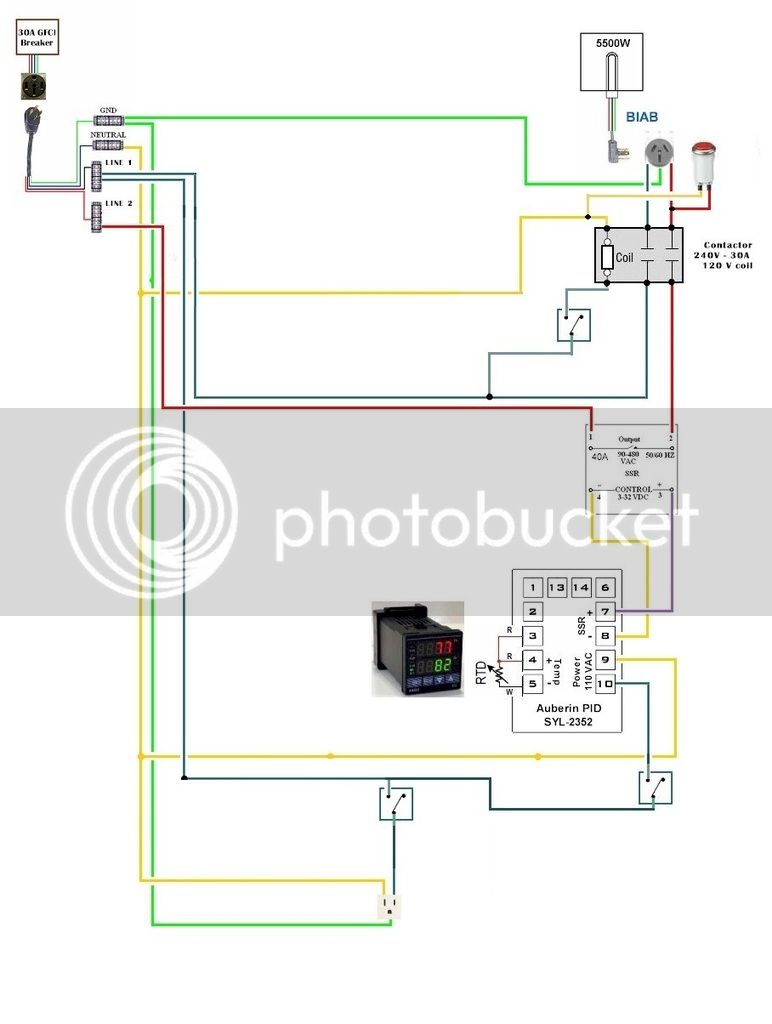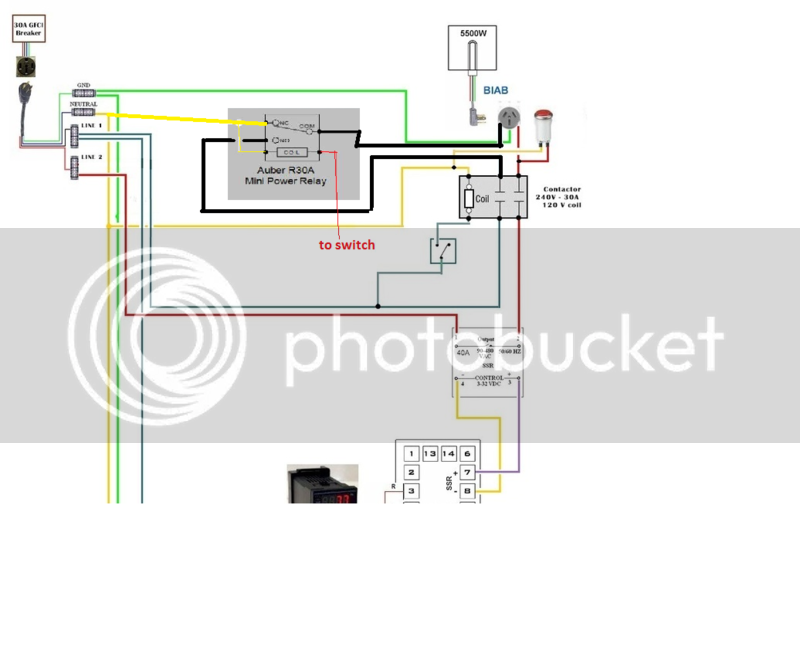brianccarr
Well-Known Member
In building my re-circulating BIAB system, I was under the impression that the goal of re-recirculating was two fold. 1. To maintain a constant mash temp., 2. To pass the wort THROUGH the mash. This thread seems to advocate keeping the grains in motion rather than passing the wort through a set bed. I just finished building my system. I have a 20 gl kettle with a false bottom and have bought a mash re-recirculation manifold from SS Brewtech that will sit in the bag on top of the mash. http://www.ssbrewtech.com/products/re-circulation-manifold-for-infussion-mash-tuns
After reading this thread I'm concerned that I have set myself up for failure. Does anyone successfully and consistently re-circulate through the mash and should I just plan on a re-design and make a COFI type solution as many on this thread are doing?View attachment ImageUploadedByHome Brew1478444397.672361.jpgView attachment ImageUploadedByHome Brew1478444419.865697.jpg
After reading this thread I'm concerned that I have set myself up for failure. Does anyone successfully and consistently re-circulate through the mash and should I just plan on a re-design and make a COFI type solution as many on this thread are doing?View attachment ImageUploadedByHome Brew1478444397.672361.jpgView attachment ImageUploadedByHome Brew1478444419.865697.jpg






